About This Project
The infrastructure in the US is failing. It does not provide the robust life expectancy needed to sustain the growth that this country is experiencing. Enter Composite Applications Group (CAG). With CAG’s massive network of connections and ambitious collaborations that have led to multiple large scale disruptive commercialization’s, CAG stood poised to once again change the conversation. CAG targeted bridges as the logical first step. Through CAG’s network they were able to identify a need with a small rural bridge in Morgan County, Tennessee. CAG was able to connect the supply chain together to collaborate on a solution and build and install the bridge that now stands as a beacon for the whole country on how to build infrastructure in a way that will still be healthy after 100 years.
Connections
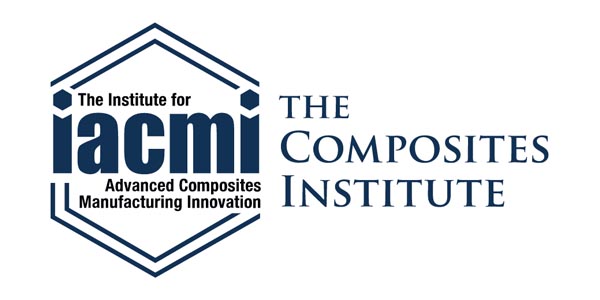
research
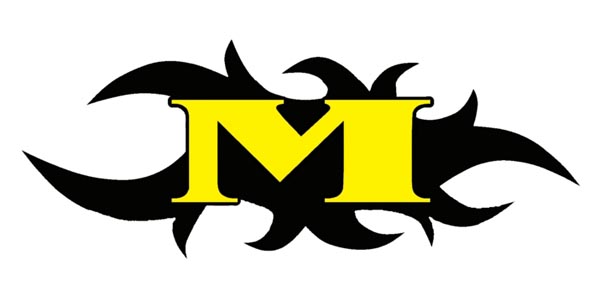
Civil Contractor

civil engineers
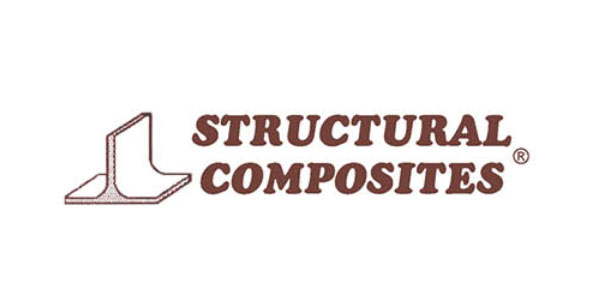
Composite engineers

structural Preform

Fiber Optic Embedded Sensors
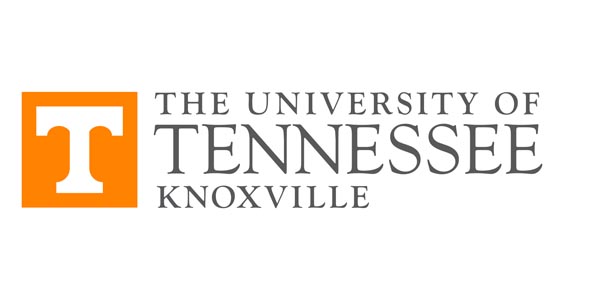
research

Adhesives
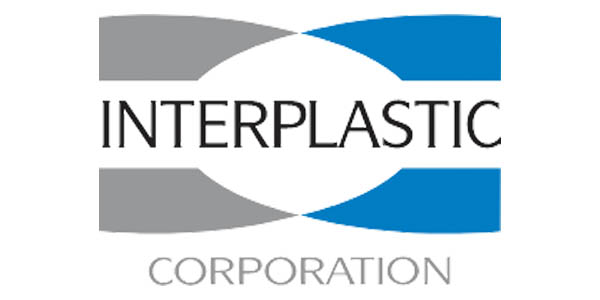
CoCure technology and resin
Collaboration
CAG’s VP of Projects, John Unser, tapped his experience to lay out a plan for how to build a bridge that would solve not just the need of Morgan County, but lay the bridge toward a more sustainable future in infrastructure for the entire country. This was not an easy task. There were many bridges to cross in order to bring this dream to light. CAG began the conversation with Joe Miller from the Morgan County Department of Transportation (DOT) to identify the perfect bridge for this disruptive idea. Using the engineered requirements that were set out by the DOT, John was able to bring together the right team to accomplish this task. Structural Composites designed a composite preform manufactured at Compsys that passed AASHTO (Federation Highway Administration testing and standards) with flying colors. Using this technology and the patented CoCure material structural Composites developed, CAG was able to develop a solution to this problem.
John then led the team to build the bridge deck off site. He worked with Schaeffer Civil engineering to make sure they built the bridge to meet the bridge codes required by law. They installed the Luna Fiber optic Sensors to gather data on the bridge performance. CAG brought in McKinney Excavating for the construction and removal of the old bridge and installation of the new bridge. University of Tennessee and IACMI provided data and research in order to connect the sensing equipment with new motion capture and live streaming data for real time performance. The road surface was installed using the CoCure technology from Structural Composites and Interplastic. McKinney installed the Abutments and the steel understructure. Engineered bonding solutions provided the adhesive to bond the bridge to the steel and the bridge was finished. All of this was done in collaboration with the DOT both locally and nationally. This bridge is a line in the sand calling the US to a higher standard of infrastructure through collaboration. This is the way the US should view the next generation of infrastructure and CAG led this effort and is helping to commercialize this idea all over the country with the help of their technology partners.
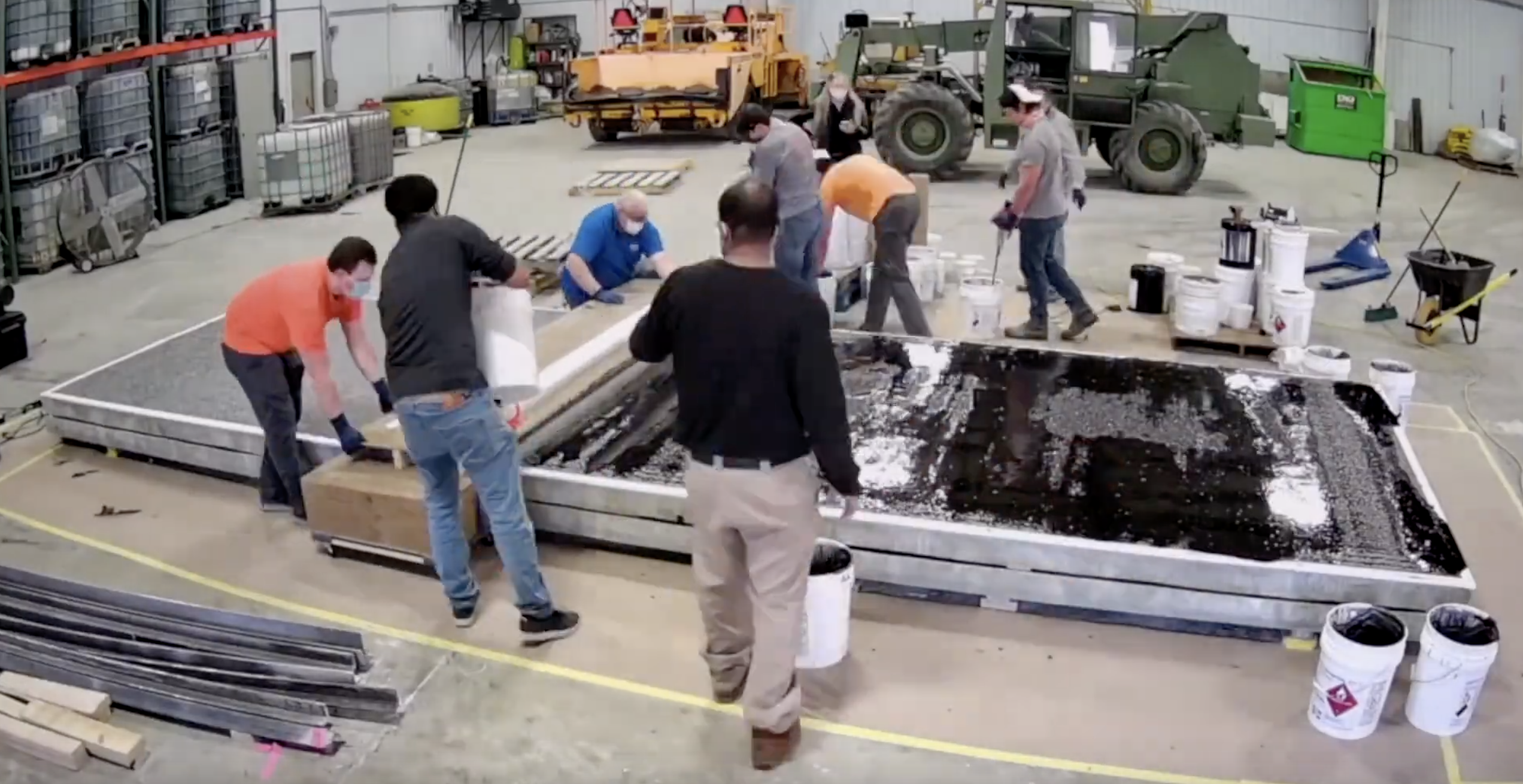
Testimonials
“Composites bridge deck technology can provide rural communities with a low-cost, lightweight bridge structure that requires less equipment, making a shorter period for on-site preparation and a vastly shorter period for on-site installation.”

